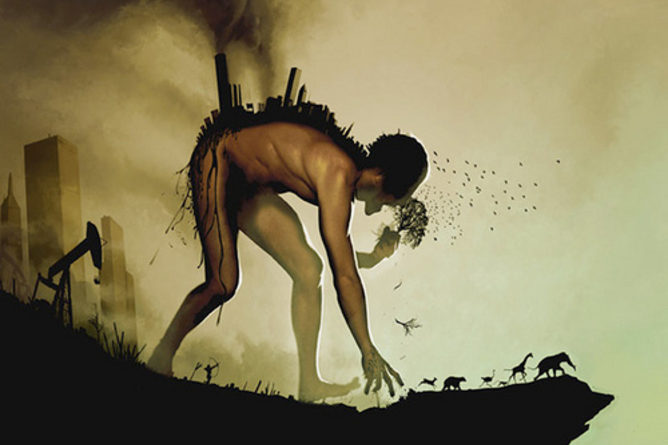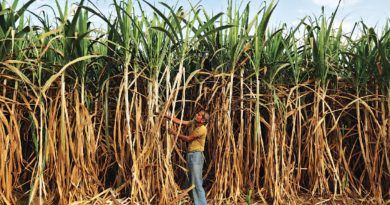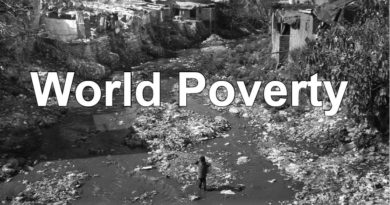Crisis in degrowth
By Massimo Pieri
The idea that quality life improvement is tied to an increase in the gross domestic product – i.e. the value of goods and services for final uses – and considers it almost as the only goal in every modern society, both alters and makes reality uniform. In this way, everyone’s life is reduced to the miserable function of producer and consumer, both excited and obtuse, thinking to be free to choose among different and useless products, pointing out the authoritative and inadequate nature of the advanced financial and industrial society, with no possibility of withstanding it or alternative solutions to it.
The growth of material wealth, measured only in accordance with monetary and financial indicators, may take place penalizing life quality and underestimating the reactions of those socially excluded. These people excluded are incorporated in the neoclassical analysis as unemployed. Even a frictional rate of unemployment is part of the neoclassical analysis that tends to the full allocation of production factors and therefore of workers. Supposing that, at a given instant, this condition can always be satisfied, it is not able to interpret the dynamics of social processes in which this target is not realized. The disequilibrium (the crisis) between models that imply what is different from factual reality may involve forms of social control or authoritarian thrusts to forcedly include the crisis in the model without changing its analytical paradigms (68s, ows, oa)
The socially excluded wedge is as large and critical as the critical difference between the real value of matter transformation processes and the financial value of the same. The great crises are the most critical points of these differences where the top stock of financial capital is equivalent to the top stock of excluded human capital.
The analytical problem is complex because, to fully allocate the resources, neoclassical economics should grow in value regardless of the produced material flows. The wedge created between the financial economic growth and the real production growth represents the crisis moment whose result is the creative destruction necessary for economic processes’ restructuring (Schumpeter).
The functioning of today’s economic system essentially depends on non-renewable resources, and cannot be therefore sustained forever, it cannot be eternal. As a matter of fact, the development of this neo-classic economic system, i.e. the desired economic growth and its financial crises, must be considered always, indissolubly linked to the consequences of its social and environmental impact, revealing how limited its saving skills are. In other words, the model of unlimited growth cannot be sustainable as it doesn’t consider that energy and natural resources of biosphere are limited and their intense exploiting and use will only lead to an alteration of the biological balances, up to ecologic and economic rejection.
It is evident that such model cannot solve the economic and environmental crises it produces, but on the contrary, it makes them increasingly irreversible so that the corresponding social crises search for another life and another world as the only way out (68s, ows, oa). The crisis is a sort of endemic illness of the economic system: we have to interpret and heal it in order to enjoy good health and increase knowledge.
This gives rise to the need of rethinking the economic science in bio-economical terms, making it capable of including the principle of entropy and the limits of the ecological conditions making it dependent on them. Thanks to bio-economy, it is possible to clearly distinguish between development and growth: development means introducing an innovation which isn‘t only the creation of new goods but also of new processes and goals; growth is given by the increase of existing goods and the consumption of already available resources. It is therefore necessary to pay attention in distinguishing between development and growth.
All rights reserved




